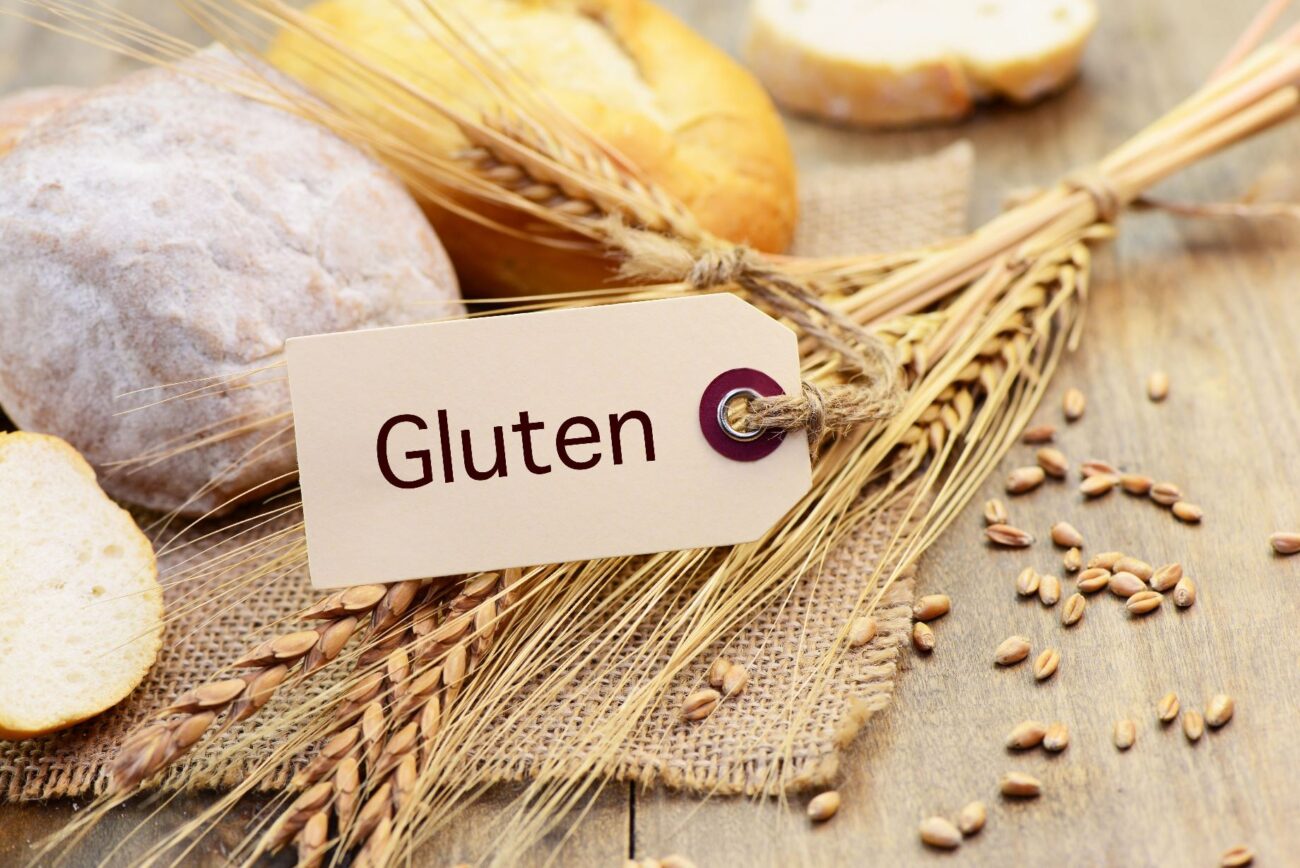Gluten has become a buzzword in the world of nutrition and health, but what exactly is it, and why does it matter? For some, gluten is a harmless protein found in many everyday foods. For others, it can trigger serious health issues.
Whether you’re curious about gluten-free diets or simply want to understand more about this protein, this blog post will break down what gluten is, where it’s found, and the conditions associated with it.
What is Gluten?
Gluten is a group of proteins found in certain grains, primarily wheat, barley, and rye. The two main proteins in gluten are gliadin and glutenin. When flour is mixed with water, these proteins form a sticky network that gives dough its elasticity, helping bread rise and maintain its shape. This unique property makes gluten a key ingredient in many baked goods and processed foods.
While gluten is harmless for most people, it can cause adverse reactions in individuals with specific conditions, such as celiac disease, gluten sensitivity, or wheat allergy.
Sources of Gluten
Gluten is found in a wide variety of foods, particularly those made from wheat, barley, and rye. Here are some common sources:
- Wheat-Based Foods:
- Bread, pasta, cereals, and baked goods
- Couscous, bulgur, and farina
- Flour (all-purpose, whole wheat, semolina)
- Barley-Based Foods:
- Malt (found in malt vinegar, beer, and malted milkshakes)
- Soups and stews containing barley
- Rye-Based Foods:
- Rye bread
- Some cereals and crackers
- Processed Foods:
- Sauces, gravies, and salad dressings (often thickened with wheat flour)
- Processed meats, such as sausages and deli meats
- Snack foods like chips and pretzels
- Unexpected Sources:
- Soy sauce (often contains wheat)
- Some medications and supplements (gluten may be used as a binder)
Conditions Associated with Gluten
For most people, gluten is safe to consume. However, for individuals with certain conditions, gluten can cause serious health problems. Here are the main conditions associated with gluten:
- Celiac Disease
Celiac disease is an autoimmune disorder in which the ingestion of gluten triggers an immune response that damages the small intestine. This damage impairs nutrient absorption and can lead to symptoms such as:- Digestive issues (diarrhea, bloating, constipation)
- Fatigue and anemia
- Skin rashes (dermatitis herpetiformis)
- Long-term complications like osteoporosis and infertility
- Non-Celiac Gluten Sensitivity (NCGS)
Some individuals experience symptoms similar to celiac disease when consuming gluten, but without the intestinal damage or immune response. This condition is known as non-celiac gluten sensitivity. Symptoms may include:- Bloating, gas, and abdominal pain
- Headaches and brain fog
- Fatigue and joint pain
- Wheat Allergy
A wheat allergy is an immune response to proteins found in wheat, including but not limited to gluten. Symptoms can range from mild (hives, itching) to severe (anaphylaxis). Unlike celiac disease, a wheat allergy does not necessarily require avoiding barley and rye. - Gluten Ataxia
This is a rare neurological condition in which gluten consumption triggers an autoimmune response that affects the brain, leading to issues with balance, coordination, and speech. A gluten-free diet can help manage symptoms.
Gluten-Free Diets: Who Needs Them?
A gluten-free diet is essential for individuals with celiac disease, gluten ataxia, or a wheat allergy. It may also benefit those with non-celiac gluten sensitivity. However, for people without these conditions, there is no proven health benefit to avoiding gluten. In fact, unnecessarily eliminating gluten can lead to nutrient deficiencies, as many gluten-containing foods are fortified with vitamins and minerals.
Gluten-Free Alternatives
For those who need to avoid gluten, there are plenty of safe and delicious alternatives:
- Grains: Rice, quinoa, corn, millet, and buckwheat
- Flours: Almond flour, coconut flour, chickpea flour, and gluten-free oat flour
- Packaged Foods: Look for certified gluten-free labels on bread, pasta, and snacks

Gluten is a protein found in wheat, barley, and rye that plays a key role in the texture and structure of many foods. While it’s harmless for most people, it can cause serious health issues for those with celiac disease, gluten sensitivity, or wheat allergy. Understanding gluten and its sources is crucial for managing these conditions and making informed dietary choices.
If you suspect you have a gluten-related disorder, consult a healthcare professional for proper testing and guidance.
Do you follow a gluten-free diet?
Share your experiences and favorite gluten-free recipes in the comments below!

